Factors Affecting the Thermal Fatigue Performance of Barium Tungsten Electrodes
- Details
- Category: Tungsten Information
- Published on Tuesday, 27 May 2025 17:25
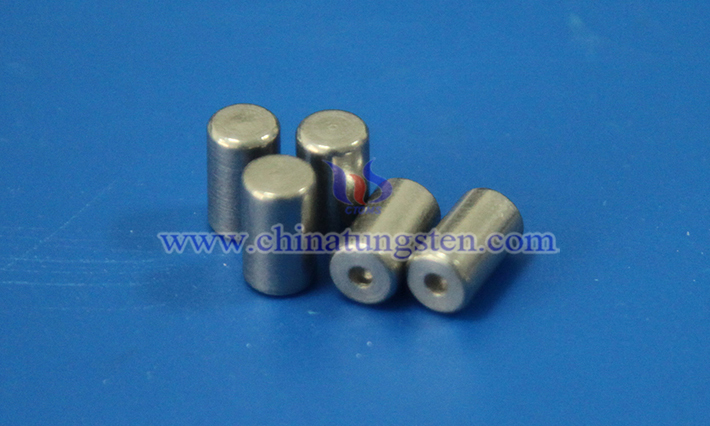
To improve the thermal fatigue performance of barium tungsten electrodes, multi-scale coordinated optimization is required: regulating the composition from the atomic scale, designing the strengthening phase at the microscale, and optimizing the geometry at the macroscale to reduce stress concentration. The factors affecting the thermal fatigue performance of barium tungsten electrodes can be summarized into the following key aspects:
Factors Affecting the Conductivity of Barium Tungsten Electrode
- Details
- Category: Tungsten Information
- Published on Tuesday, 27 May 2025 17:23

The conductivity of barium tungsten electrode is the result of the combined effect of material composition, preparation process, working environment, surface state and electric field conditions. These influencing factors need to be comprehensively optimized in practical applications.
Factors Affecting the Antioxidant Properties of Barium Tungsten Electrodes
- Details
- Category: Tungsten Information
- Published on Tuesday, 27 May 2025 17:19
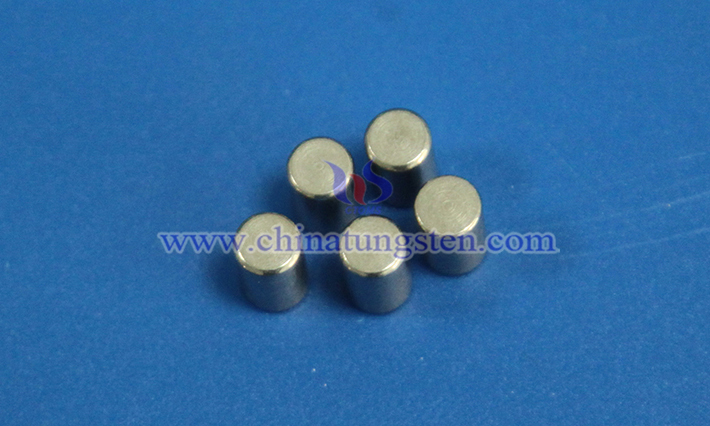
The antioxidant properties of barium tungsten electrodes are affected by many factors, including material formula, preparation process, surface treatment, use environment, etc.
Factors Affecting the Surface Microstructure of Barium Tungsten Electrode
- Details
- Category: Tungsten Information
- Published on Monday, 26 May 2025 17:28
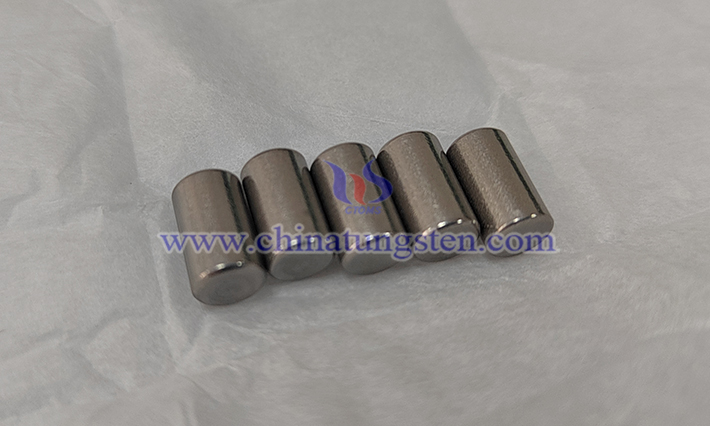
Barium tungsten electrode is an electrode material widely used in the field of electron emission, and its surface microstructure has a decisive influence on electron emission performance, thermal stability and service life. The surface microstructure mainly includes characteristics such as grain size, porosity, surface morphology and microscopic defects, which directly affect the work function, electron emission uniformity and thermal fatigue resistance of the electrode.
Factors Affecting the Thermal Stability of Barium Tungsten Electrodes
- Details
- Category: Tungsten Information
- Published on Monday, 26 May 2025 17:25

The thermal stability of barium tungsten electrodes, that is, their ability to maintain physical and chemical properties at high temperatures, is crucial to their performance and service life. The following are the main factors affecting the thermal stability of barium tungsten electrodes:
Factors Affecting the Electron Emission Performance of Barium Tungsten Electrodes
- Details
- Category: Tungsten Information
- Published on Monday, 26 May 2025 17:23
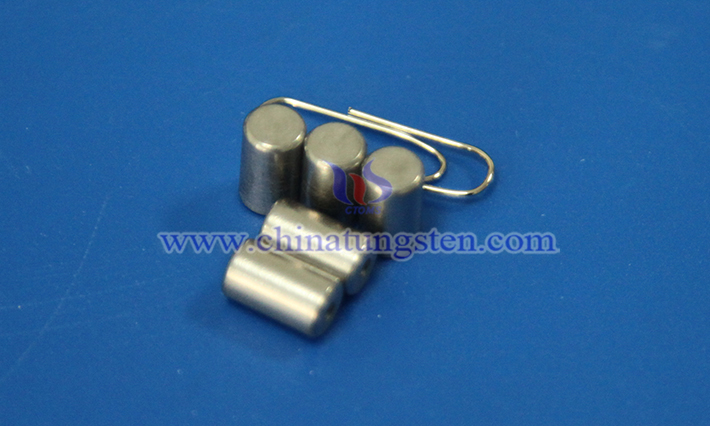
The electron emission performance of barium tungsten electrodes is affected by a combination of factors, including temperature, surface state, composition, electric field, aging and use. These influencing factors interact with each other and jointly determine the emission efficiency and service life of the electrode.
Unlocking the Crystal Structure of Ammonium Metatungstate: Detection Methods Revealed
- Details
- Category: Tungsten Information
- Published on Monday, 26 May 2025 16:09
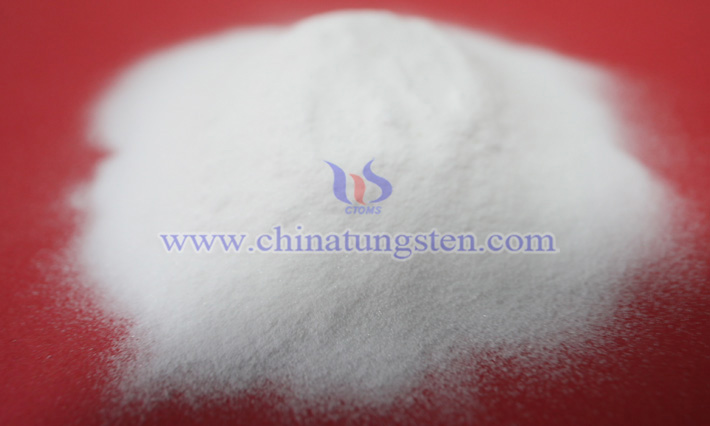
Ammonium metatungstate (AMT), an important inorganic compound, holds a pivotal position in modern industry due to its unique physicochemical properties. In material preparation, AMT serves as a critical raw material for producing high-performance tungsten-based materials. Through processes like thermal decomposition, AMT can yield uniform, high-purity tungsten powder, which is essential for manufacturing tungsten-based alloys and tungsten carbide powder.
What Is the Catalytic Performance of Ammonium Metatungstate?
- Details
- Category: Tungsten Information
- Published on Tuesday, 20 May 2025 18:56

Ammonium metatungstate (AMT) is a significant tungsten compound, highly valued for its catalytic properties in industrial applications. For instance, in the production of denitration catalysts, AMT-based catalysts typically use titanium dioxide as a carrier. Through specialized preparation processes, AMT is loaded onto the carrier, forming a catalyst with high activity and stability, used to adsorb pollutants like sulfur and nitrogen oxides emitted from coal-fired power plants. In petroleum refining, AMT serves as a catalyst to promote cracking reactions, hydrodesulfurization, and hydrodenitrogenation reactions.
What Is the Solubility of Ammonium Metatungstate?
- Details
- Category: Tungsten Information
- Published on Tuesday, 20 May 2025 18:54
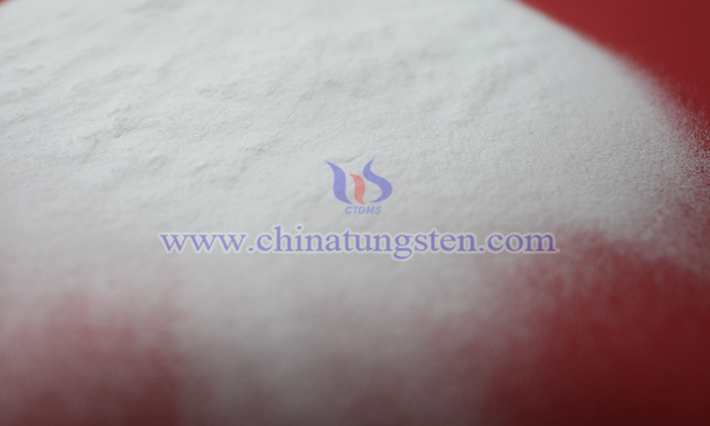
Ammonium metatungstate (AMT), with the molecular formula H₂₈N₆O₄₁W₁₂, is a significant tungstate compound. Structurally, AMT consists of ammonium cations and metatungstate anions, with its unique Keggin-type polyoxoanion structure contributing to its excellent solubility—a key distinction from ammonium paratungstate.
What is Silver Tungsten Carbide?
- Details
- Category: Tungsten Information
- Published on Monday, 19 May 2025 17:26
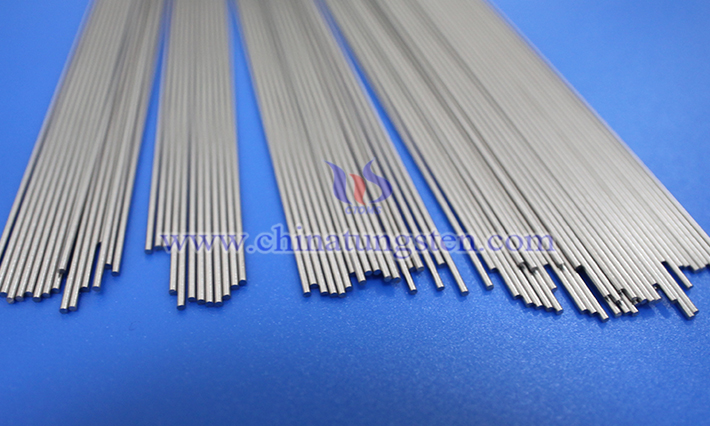
Silver tungsten carbide (AgWC) is a high-performance composite material composed of silver (Ag) and tungsten carbide (WC), usually prepared by powder metallurgy technology. This material combines the electrical advantages of silver and the mechanical strength of tungsten carbide, and has both conductive and wear-resistant properties. It plays an indispensable role in electrical engineering and is often used to manufacture electrical contacts with excellent stability and durability.


 sales@chinatungsten.com
sales@chinatungsten.com